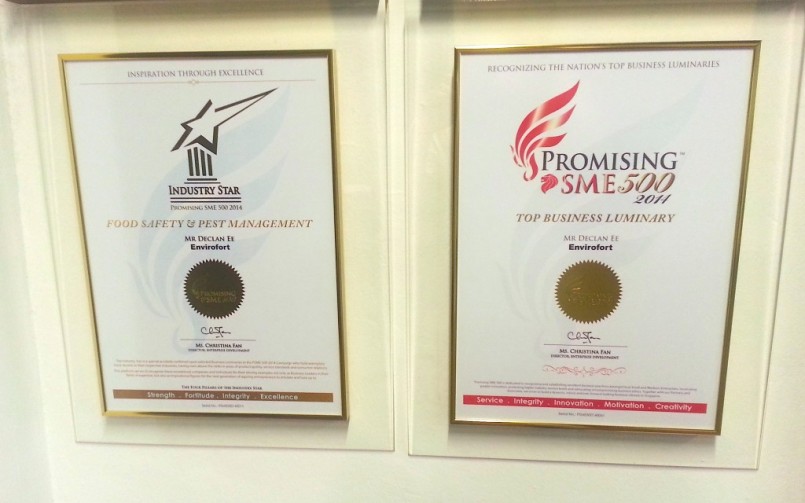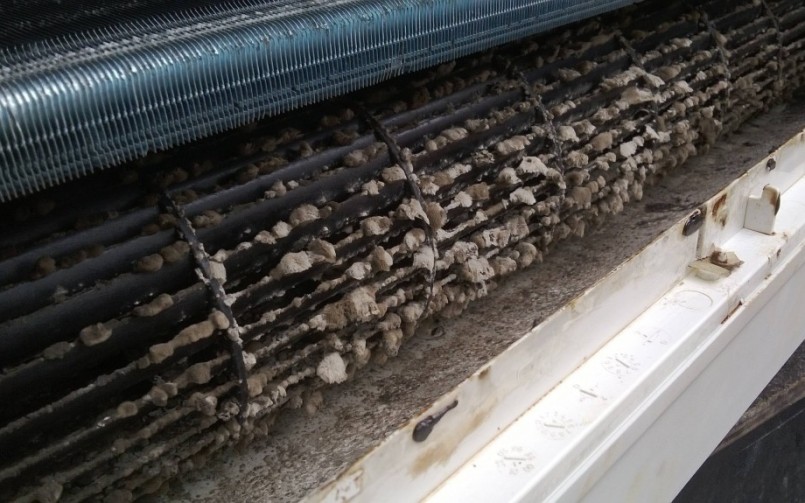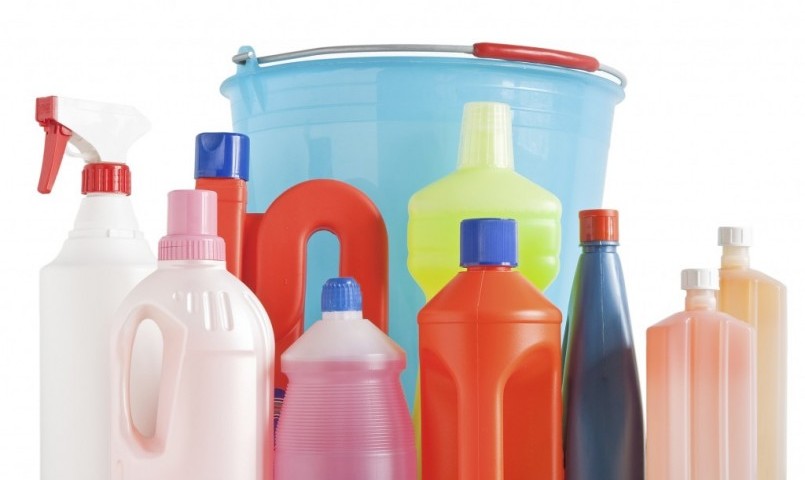
Envirofort wins Industry Star of Promising SME500 2014
February 20, 2014
Smelly Air from Air-Con Unit?
December 16, 2014Did you know that PHTALATES – a common fragrance ingredient in laundry liquids could reduce your sperm count?
All of us use some form of cleaning products to fight germs, stains, odours to maintain a healthy home but many common household cleaning products contains chemicals harmful to our health. Most of us have exposure to these products & their residues daily and the chemicals enter our bodies by absorption through the skin or through ingestion of indoor dust & other chemical residues left on utensils and common household products.
Some of these chemicals can be hard to identify so we list down some of the common ones in part 1 of our post . Look at the tags and avoid the following!
1) Sodium hydroxide (sometimes called lye or caustic soda)
Found in: oven & bathroom cleaners, some disinfectants, toilet bowl cleaner and especially drain openers
– Very corrosive ! Irritates your nasal passages via the air
– On exposure to the skin, can cause very bad skin irritation
– Concentrated dosage is very harmful
2) Fragrance chemicals (some can reduce your sperm count!)
Found in: most cleaning products
– Very common. 3,000 – 4,000 chemicals used in fragrance mixtures
– Many can trigger allergies and asthma symptons
– Phthalates is common fragrance ingredient in fabric softeners, laundry detergents, deodorisers -> these has been suspected to be associated with reduced sperm count in men!
– There is another chemical called dibutyl phtalate (DBP). This is known to be very toxic by many international trade organizations including the European Union.
3) Ammonia
Found in: Over & bathroom & toilet cleaners, window cleaners, car polish, stainless-steel cleaners
– Vapour really irritates the eyes, skin & throat.
– Particularly bad for people with asthma and long-term exposure can cause kidney and liver damage
– This occurs naturally but when used in cleaning products, it can result in higher levels than the natural sources
Vapours may irritate the skin, eyes, throat, and lungs. People with asthma may be particularly sensitive to the effects of breathing ammonia. Ammonia may also cause kidney and liver damage. While ammonia also occurs naturally, the use of cleaning products containing this substance can result in higher levels of exposure to vapours than from natural sources. If ammonia is mixed with products containing chlorine bleach (sodium hypochlorite), highly poisonous chloramine gas is formed.
4) Coal tar dyes
Found in: most types of cleaning products.
– Derived from petrochemicals, and may contain trace amounts of harmful heavy metals like arsenic & lead which can harm the nervous system
– This can be absorbed through skin or as soap residue
– Not necessary at all for cleaning function and mainly used as synthetic dye. AVOID!
5) Triclosan (sometimes known as “active ingredient” for anti-bacterial products)
Found in: wide range of household products but mainly dish soaps and disinfectants.
– Toxic and suspicions of it being an endocrine disrupter that can interfere with the function of hormones.
– Can be irritating to eyes & skin
– Concerns that extensive use could lead to antibiotic-resistant bacteria, limiting treatment options for microbial infections.




